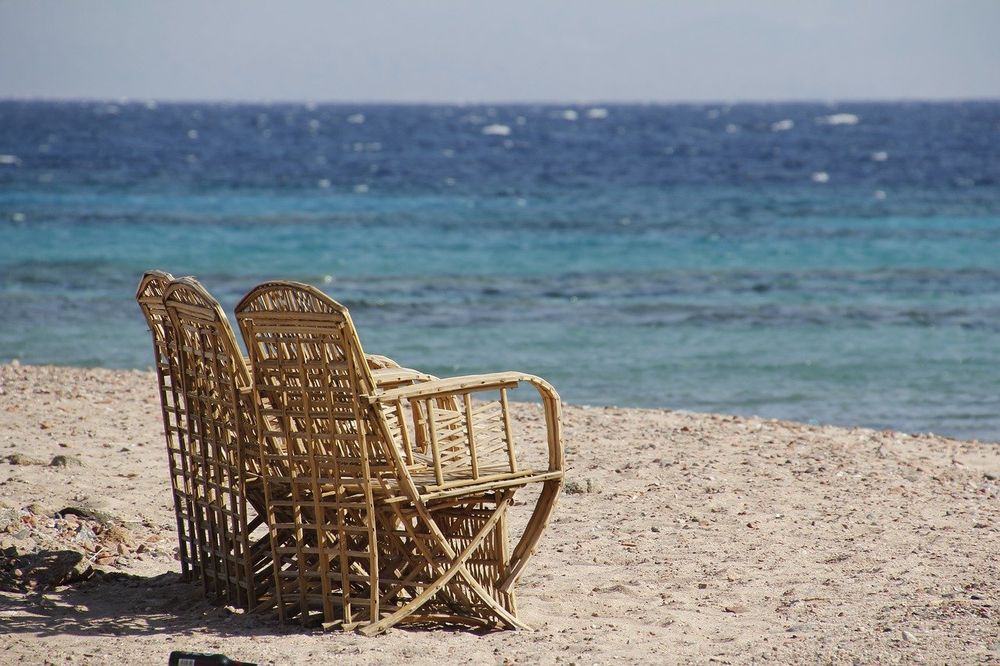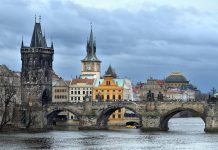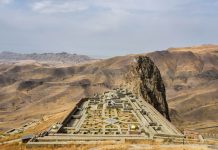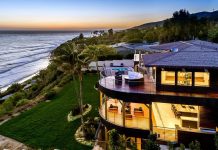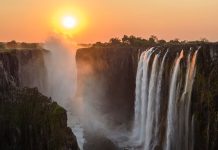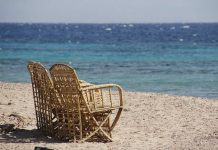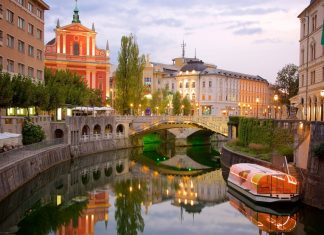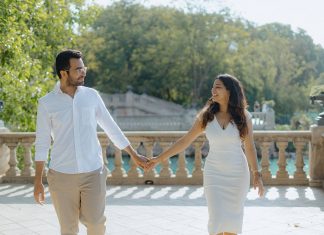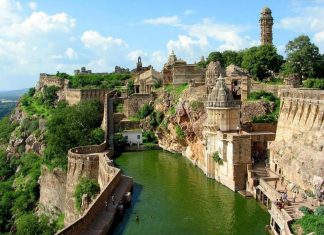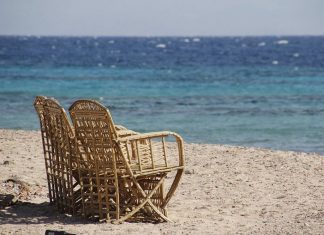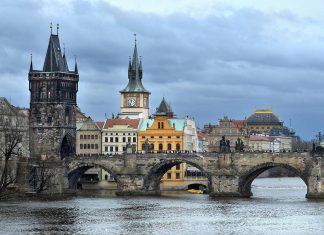Situated in West Africa , Mauritania has borders with Algeria to the northwest, Western Sahara to the North West , Mali to the east and south, Senegal on the southwest and the Atlantic Ocean on the west.
There are three distinct geographic regions in Mauritania; a narrow belt along the Senegal River Valley in the south, where soil and climatic conditions permit settled agriculture; north of this valley, a broad east-west bank characterised by vast sand plains and fixed dunes held in place by sparse grass and scrub trees; and a large northern arid region shading into the Sahara Desert and characterised by shifting sand dunes, rock outcroppings and rugged mountainous plateaus with elevations of more than 1,500 ft. The country is generally flat and the coastline indented; the Senegal River and its tributaries are the only waterways.
Much of the land is dry and inhospitable and many locations are difficult to reach without long journeys in 4-wheel drive vehicles. Mauritania’ s coast is essentially an 800km-(500 mile-) long sandy beach, all but devoid of vegetation but supporting an astonishingly large and varied population of birds. Drawbacks aside, Mauritania is a fascinating country with a colorful, indigenous Moorish population.
Mauritania is a unique country, and a rich ethnic mosaic that reflects its history as a crossroads territory that attracted Arab-Berber peoples, who arrived from the north, and Sub-Saharan African peoples, who came from the south. Their confluence makes the whole wealth and originality of Mauritanian culture. For centuries, Mauritania was essentially a country of nomads until the late 1960s and early 1970s, when severe droughts and creeping desertification drove vast numbers of nomads from rural areas into rapidly growing towns and cities.
Although there has been a significant increase in tourism from Europe in recent years, Mauritania is largely waiting to be discovered by American tourists. To date, foreign tourists have been drawn by Mauritania’ s dual jewels of "ecotourism," such as the coastal wildlife sanctuary of "Banc d’Arguin," and its cultural/historical sites, such as Chinguetti, the 7th holiest city of Islam . Chinguetti, Ouadane, Oualata and Tichitt are ancient cities that welcomed caravans crossing North Africa and, collectively, are registered on UNESCO’s world heritage list as one site.
The official language is Arabic. The Moors of Arab/Berber stock, speaking Hassaniya dialects of Arabic, comprise the majority of the people. Other dialects include Soninke, Poular and Wolof. French and English are increasingly spoken.
Religion
Islam is the official religion. Despite ethnic and cultural differences among Mauritanians, they are all bound by a common Muslim attachment to the Malekite sect.
Islam has been the major influence in this country since the seventh and eighth centuries and visitors should respect the religious laws and customs. Dress for women should be uncompromisingly modest. Nearly all the population has traditionally been nomadic herdsmen. The bulk of the population is divided into two main Moorish groups, the Bidan (55 per cent) and the Harattin (20 per cent), with the non-Moorish population concentrated in the Senegal River area. Different classes and tribes tend to be contiguous.
Capital of Mauritania is Nouakchott .

